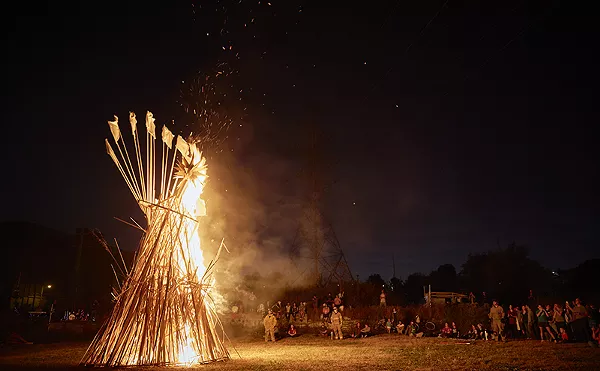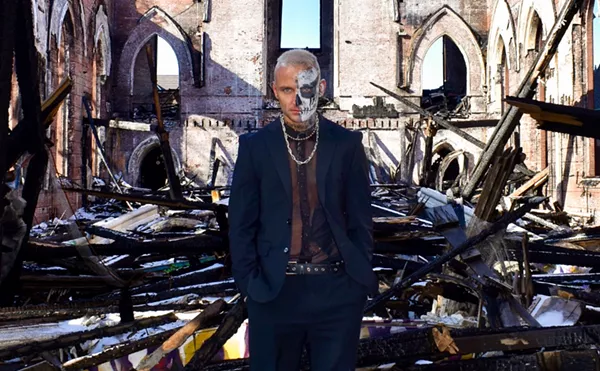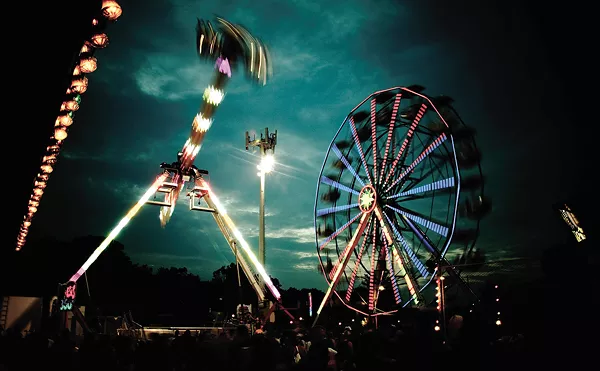And yet the Beat shaped the pop-culture world we live in today -- or at least warned us that this would be our world. William S. Burroughs, the grandfather of all things Beat (who, incidentally, was more fond of the gray suit and tie than the turtleneck and beret), stated, "When you cut into the present, the future leaks out" in a 1976 lecture entitled "Origin and Theory of the Tape Cut-Ups." He was talking about the past in the present tense and recording his words for future generations, explaining the collaborative process of physically cutting apart printed pages and reassembling them at random to create the written-word equivalent of collage. Transformed by the cut-up, Burroughs' hard imagery and psychotropic prose ran roughshod over tropes such as linear narrative and single point of view; Burroughs' work became a prism reflecting the same events in kaleidoscopic wonder. Through the cut-up, Burroughs and Brion Gysin (the artist Burroughs credited with giving him the concept of the cut-up) sought to propel writing into the future, forcing it to catch up to painting. The protean nature of the cut-up and its nonlinear core translated well to film, where quick edits and jump cuts could easily accommodate Burroughs' omnidirectional stories and nightmarish imagery.
And so in 1962, filmmaker Anthony Balch created Towers Open Fire, the first of three collaborations with Burroughs. Based in part on Burroughs' The Soft Machine, Towers Open Fire is the cinematic distillation of everything Burroughs and Gysin predicted the cut-up could be, a melange of Burroughs' written "routines" and experimental film techniques, including hand-painted frames, aggressive editing and a cut-up soundtrack devised by Burroughs (under the tutelage of sound engineer Ian Somerville). The resulting eleven minutes of film exist on the periphery of Burroughs' canon, rarely seen but often talked about. Towers Open Fire could be argued as the precursor to MTV, except that Towers has artistic and historical merit.
Finally, Towers can be seen again in all its mysterious glory, as part of the Webster Film Series' "Beats Revisited" program, after the 9 p.m. screening of Shirley Clarke's The Connection, January 7 through 9 (Friday through Sunday in the Moore Auditorium on the campus of Webster University, 470 East Lockwood Avenue; 314-968-7487; $4 to $6). Other Beat film classics, such as John Cassavettes' Shadows and Ron Rice's The Flower Thief, screen the following weekend, but don't miss Towers Open Fire. It may be years before it resurfaces, or it may have been years since it resurfaced since the resurface have since been it.





